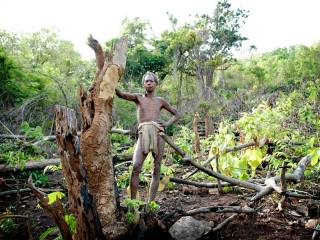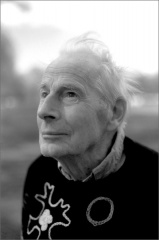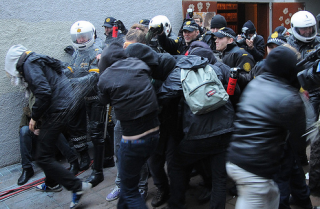Jan 19 2009
Blockade Stops Vedanta from Entering Tribe’s Land in Orissa
On January 6th, more than 50 protesters stopped Vedanta, a British mining company from entering the land of the Dongria Kondh and other Kondh tribes in the state of Orissa in India. Vedanta plans to mine bauxite in the Dongria Kondh’s sacred mountains, destroying the forests – the tribe’s livelihood.
Survival International says:
Last night’s action follows high level meetings at the weekend between Vedanta’s billionaire chairman Anil Agarwal and Orissa Chief Minister Naveen Patnaik, who backs the mine. After the meeting, Agarwal told journalists that mining would start ‘within a month or two’. Read More


